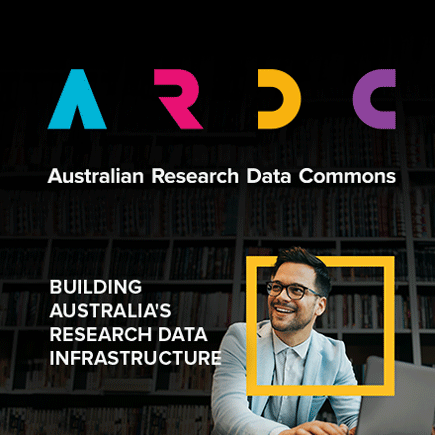Full description
Four themes emerged in this study as underpinning the conditions that support the development of social synchrony and therefore connectedness in the classroom. These themes were Familiarity, Affect, Competence, and Student Voice and Choice (FACS). Within each of these themes, student and teacher perspectives provided insight into the key factors, strategies and indicators relating to social synchrony. These findings were synthesised with the literature from the Science of Learning and translated into a self-regulation framework in order for them to be accessible to teachers and to have an impact on teacher practice and the experience of social synchrony in the classroom. This framework includes an Awareness phase - outlining the factors that can influence connectedness and considerations in planning learning experiences; an Action phase - strategies for increasing widespread connection to the learning experience and those within it; an Attention phase - the verbal and non-verbal indicators for teachers to be conscious of as they monitor levels of connection in the classroom; and an Adaptation phase - prompts to support teacher meta-awareness, reflection and in-the-moment decision making. These four phases and explored across the four themes of Familiarity, Affect, Competence, and Student Voice and Choice in the Social Synchrony Matrix.Issued: 2018
Data time period: 05 02 2016 to 05 09 2017
Subjects
Connection |
Education |
Education Systems |
Learning Sciences |
Specialist Studies in Education |
Secondary Education |
Teacher Education and Professional Development of Educators |
eng |
engagement |
self-regulation |
social cognition |
social synchrony |
teacher professional learning |
teacher self-efficacy |
User Contributed Tags
Login to tag this record with meaningful keywords to make it easier to discover
Other Information
Capturing the ‘vibe’: an exploration of the conditions underpinning connected learning environments
local : UQ:4faae34
MacMahon, Stephanie, Carroll, Annemaree and Gillies, Robyn M. (2020). Capturing the ‘vibe’: an exploration of the conditions underpinning connected learning environments. Learning Environments Research, 23 (3), 379-393. doi: 10.1007/s10984-020-09312-3
Research Data Collections
local : UQ:289097
Identifiers
- DOI : 10.14264/UQL.2018.657



